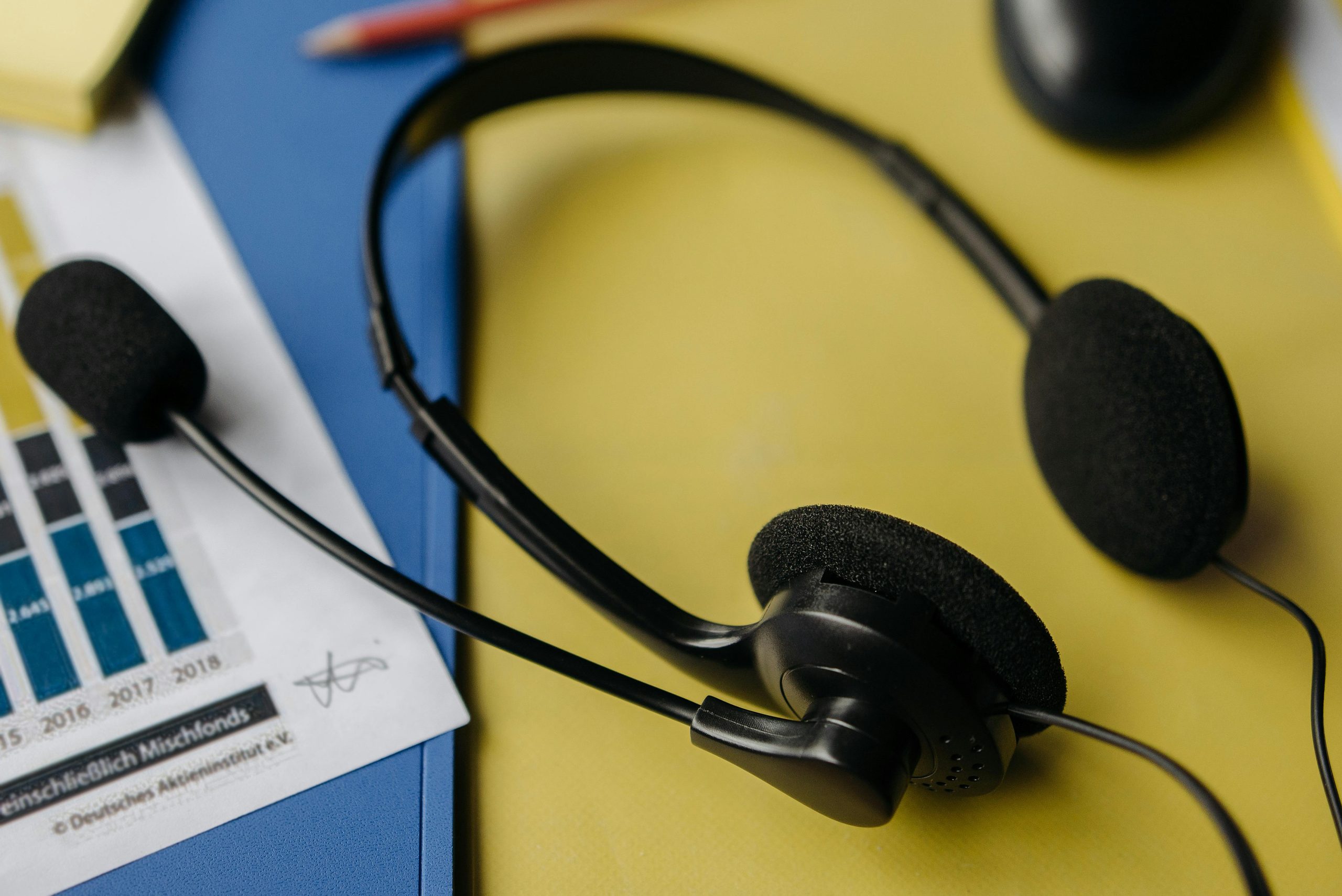Troubleshooting Azure OpenAI Integration: NVIDIA’s Nemo Guardrails Latest Version Causing Errors
Troubleshooting Azure OpenAI Integration with the Latest NVIDIA Nemo Guardrails Update
Recently, I encountered a challenge while working with Azure OpenAI in conjunction with the NVIDIA Nemo Guardrails framework. Initially, I had successfully integrated the model using Nemo Guardrails version 0.11.0 without any issues. However, after upgrading to version 0.14.0, I was met with an unexpected error that disrupted my workflow.
Upon investigation, I carefully examined the configuration settings to ensure that the model was being correctly passed from the configuration folder. To my relief, everything seemed to be configured properly. This left me puzzled, as I could not identify any significant changes in the new version of Nemo Guardrails that would explain the sudden onset of this issue.
The error message that I encountered was particularly disheartening and read as follows:
Traceback (most recent call last):
File ".venv\Lib\site-packages\nemoguardrails\Ilm\models\langchain_initializer.py", line 193, in init_langchain_model
raise ModellnitializationError(base) from last_exception
nemoguardrails.Ilm.models.langchain_initializer.ModellnitializationError: Failed to initialize model 'gpt-40-mini' with provider 'azure' in 'chat' mode: ValueError encountered in initializer_init_text_completion_model(modes=['text', 'chat']) for model: gpt-40-mini and provider: azure: 1 validation error for OpenAIChat Value error, Did not find openai_api_key, please add an environment variable OPENAI_API_KEY which contains it, or pass openai_api_key as a named parameter. [type=value_error, input_value={'api_key': '9DUJj5JczBLw...', 'allowed_special': 'all'}, input_type=dict]
From the error details, it became evident that the system could not locate the essential OPENAI_API_KEY configuration. The error suggested two resolutions: first, to ensure that the OPENAI_API_KEY is added as an environment variable, and second, to provide the API key directly as a named parameter.
Steps Forward
If you’re facing similar issues after upgrading to the newer version of Nemo Guardrails, I recommend taking the following steps:
- Check Environment Variables: Make sure that the
OPENAI_API_KEYenvironment variable is correctly set. This key is crucial for the successful initialization of the OpenAI














Post Comment